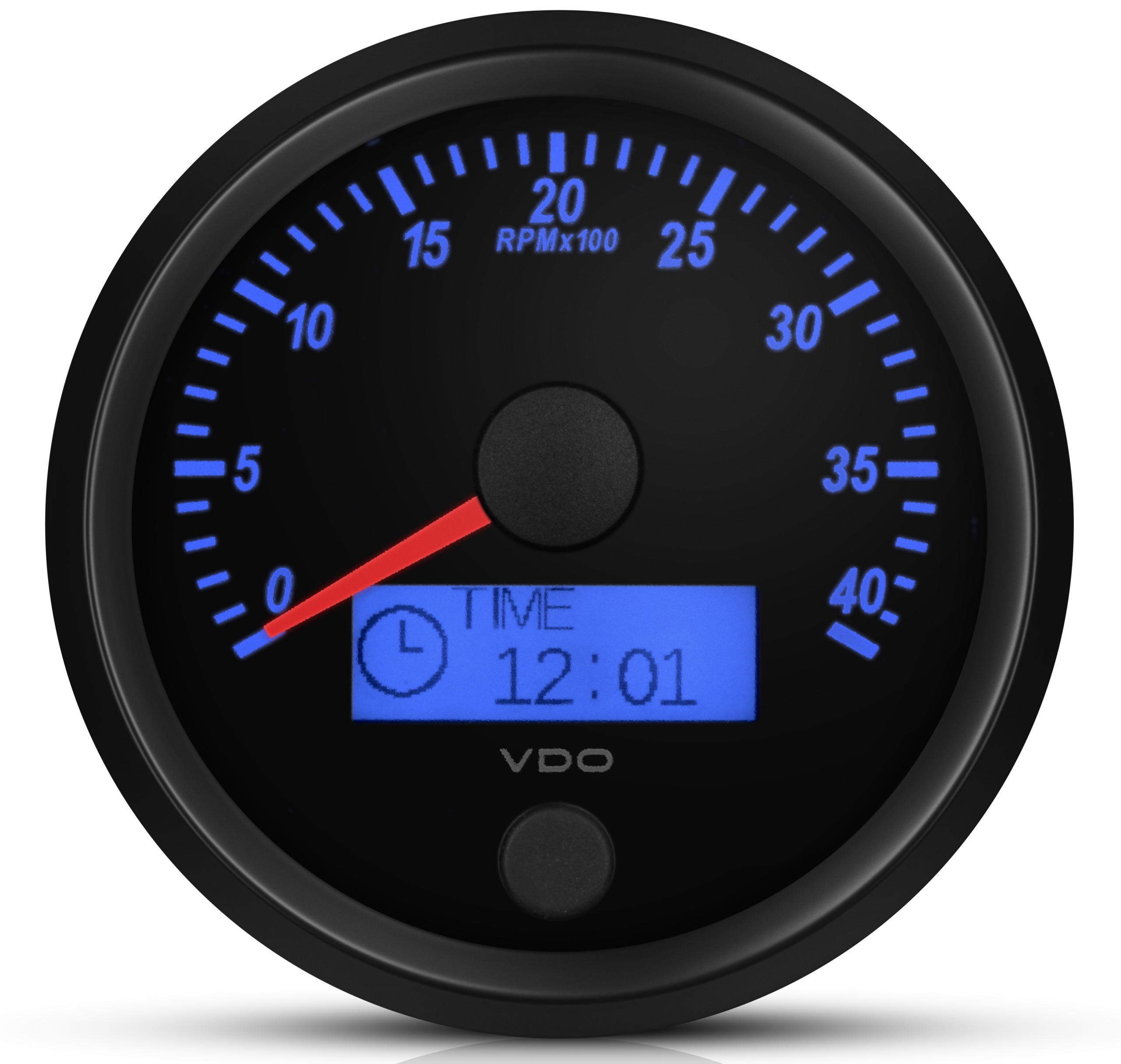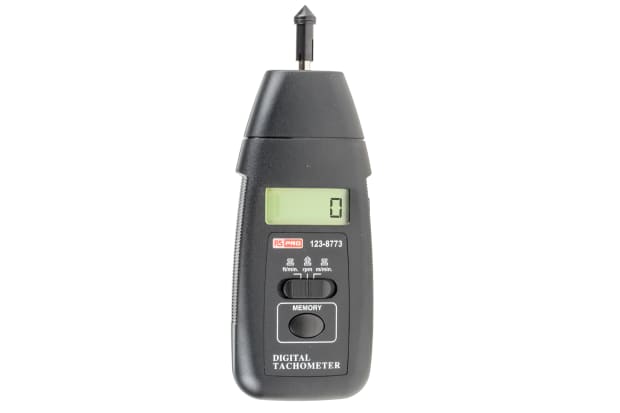Expert Tips for Maintaining and Adjusting Your Tachometer
Expert Tips for Maintaining and Adjusting Your Tachometer
Blog Article
The Significance of a Tachometer in Checking Engine Rate and Efficiency in Automotive Applications
In the world of automobile design, the tachometer stands as an essential instrument in the motorist's arsenal, supplying a direct window into the inner operations of a car's engine. Beyond its feature as a simple scale of changes per minute (RPM), the tachometer serves as an essential tool for lovers and professionals alike, offering real-time understandings right into engine performance and health.
Value of Monitoring Engine RPM
Keeping track of engine RPM, or changes per min, is a vital facet of vehicle maintenance and efficiency analysis. Engine RPM straight associates with the rate at which the engine's crankshaft turns, suggesting how swiftly the engine is running - tachometer. By keeping an eye on RPM, mechanics can assess the health and wellness of the engine, discover potential problems, and fine-tune performance. An unusual RPM analysis might signify issues such as engine misfires, malfunctioning ignition system, or concerns with the gas distribution system. Consistently high RPM readings can suggest hostile driving habits or the need for a greater equipment change to improve fuel efficiency.
Furthermore, monitoring engine RPM is important for performance analysis in auto racing and high-performance automobiles. In recap, checking engine RPM is not only essential for identifying issues yet likewise for enhancing engine performance in different auto applications.

Advantages of Real-Time Data
In auto applications, real-time data plays a critical function in offering instantaneous understandings into the efficiency and problem of the automobile. By constantly checking numerous criteria such as engine speed, temperature level, fuel consumption, and a lot more, real-time data supplies various advantages that add to enhanced performance and safety and security when driving.
One substantial advantage of real-time data is its capability to alert vehicle drivers and specialists to any type of abnormalities or problems promptly. This proactive approach enables quick recognition of possible issues, permitting prompt treatments to avoid more damage or failures. Additionally, real-time data facilitates efficiency optimization by giving prompt comments on driving practices and engine effectiveness. Motorists can readjust their actions in real-time based upon this details to accomplish far better gas economic climate and lengthen the life expectancy of their automobile.

Furthermore, real-time data plays an important role in modern-day vehicle diagnostics, enabling service technicians to rapidly identify and deal visit their website with malfunctions. This causes lowered downtime, lower upkeep costs, and inevitably, enhanced total automobile reliability and longevity (tachometer). By using the power of real-time data, auto stakeholders can make educated choices that favorably affect both the performance and durability of the vehicle
Effect On Equipment Shifts
The tachometer plays a crucial duty in optimizing gear changes by giving real-time engine rate data to the vehicle driver. When coming close to the redline on the tachometer, it signals the chauffeur to upshift to avoid over-revving the engine and creating potential damages.
Additionally, the tachometer help in attaining smoother equipment changes, find more information especially in manual transmissions. By keeping an eye on engine rate, drivers can execute equipment changes at the ideal RPM variety, decreasing snagging movements and decreasing endure the transmission parts. This precision in equipment adjustments not only boosts driving comfort however also adds to sustain efficiency.
Enhancing Fuel Efficiency
Provided the important function the tachometer plays in enhancing gear changes for efficiency and engine health, it directly adds to making the most of gas effectiveness in automobile applications. By supplying real-time comments on engine speed, the tachometer aids vehicle drivers in preserving the most effective RPM range for gas economic climate. When vehicle drivers consistently check the tachometer and change their motoring practices accordingly, they can stay clear of unneeded fuel intake created by over-revving or hauling the engine.
Furthermore, the tachometer aids motorists recognize the most fuel-efficient equipment to be in at any type of provided minute, protecting against the engine from working harder than essential. In verdict, the tachometer offers as a valuable device in improving fuel efficiency by promoting ideal driving practices and identifying areas for improvement in the lorry's performance.

Taking Full Advantage Of Engine Long Life
The tachometer's function his response in checking engine rate and efficiency is important in making certain the longevity of auto engines. By utilizing the tachometer successfully, chauffeurs can optimize engine longevity via mindful RPM administration. Continually revving an engine expensive can result in extreme deterioration on important components, such as the pistons, shutoffs, and bearings. Over time, this can cause decreased engine performance and potential malfunctions. Monitoring the tachometer allows vehicle drivers to remain within the recommended RPM array for their vehicle, avoiding unnecessary stress on the engine and expanding its lifespan.

Verdict
To conclude, the tachometer plays a vital duty in keeping track of engine rate and efficiency in vehicle applications. By providing real-time data on RPM, it enables effective equipment shifts, boosted fuel performance, and made the most of engine durability. This device is essential for keeping optimum engine performance and guaranteeing the total performance of a car.
Report this page